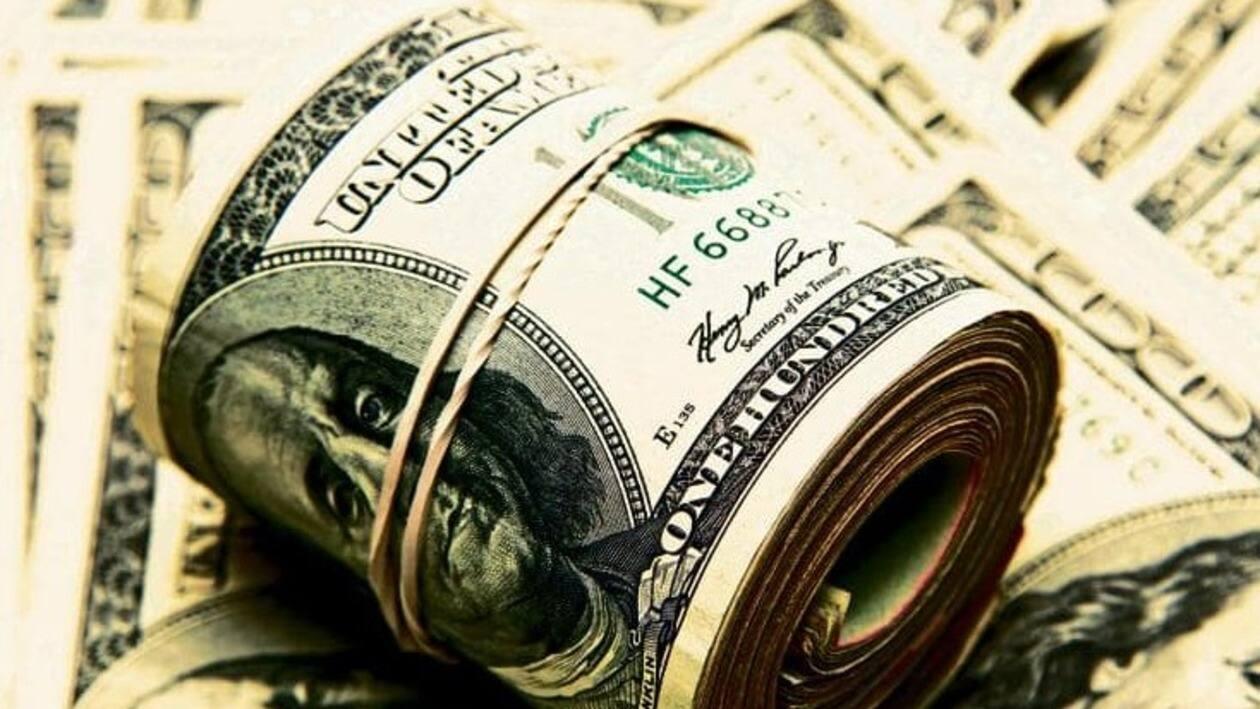(AP) US wholesale prices fell last month, a sign that inflationary pressures in the economy are easing more than a year after the Federal Reserve began aggressively raising interest rates.
From February to March, the government's producer price index dropped 0.5 per cent as energy prices plunged after having been unchanged from January to February.
Compared with a year ago, wholesale prices were up 2.7 per cent in March, down significantly from a 4.7 per cent year-over-year increase in February.
The Labour Department's producer price index reflects prices charged by manufacturers, farmers and wholesalers. It can provide an early sign of how fast consumer inflation will rise.
Wholesale inflation has come down steadily — from a record 11.7 per cent year-over-year increase in March 2022 — since the Fed began raising its benchmark interest rate to fight the worst inflation bout in four decades.
Beginning in March of last year, the Fed has raised its key short-term rate nine times and is expected to do so again at its next meeting, May 2-3.
Thursday's figures follow a report Wednesday that showed that US consumer inflation eased in March, with less expensive gas and food providing some relief to Americans. Still, consumer prices continue to rise fast enough to keep the Fed on track to further raise rates.
Core consumer inflation, in particular, remains stubbornly high. Measured year over year, core prices are up 5.6 per cent, far above the Fed's 2 per cent inflation target. The year-over-year core consumer inflation figure rose in March for the first time in six months.
The collapse last month of two major US banks, which shook the financial industry, has complicated the Fed's interest rate decisions.
Minutes of the Fed's March meeting, which followed the bank failures, show that the turmoil led the central bank to coalesce around a decision to raise its benchmark rate by just a quarter-point, rather than a half-point.
According to the minutes, Fed officials agreed that the banking industry's troubles “would likely lead to some weakening of credit conditions,” as banks sought to preserve capital by curtailing lending to consumers and businesses.
Fed officials who spoke this week have emphasised the importance of monitoring bank lending. There are already reports of small companies struggling to obtain loans, though it's not yet clear how widespread the impact will be.
On Wednesday, the Fed also revealed that its staff economists have forecast that a pullback in bank lending will cause a “mild recession” starting later this year.
That was a shift from their previous estimates, which had predicted that the economy would eke out positive growth for 2023.
At the same time, according to the minutes of last month's Fed meeting, if the impact of the banking turmoil ends up being less than expected, a recession might be avoided.
